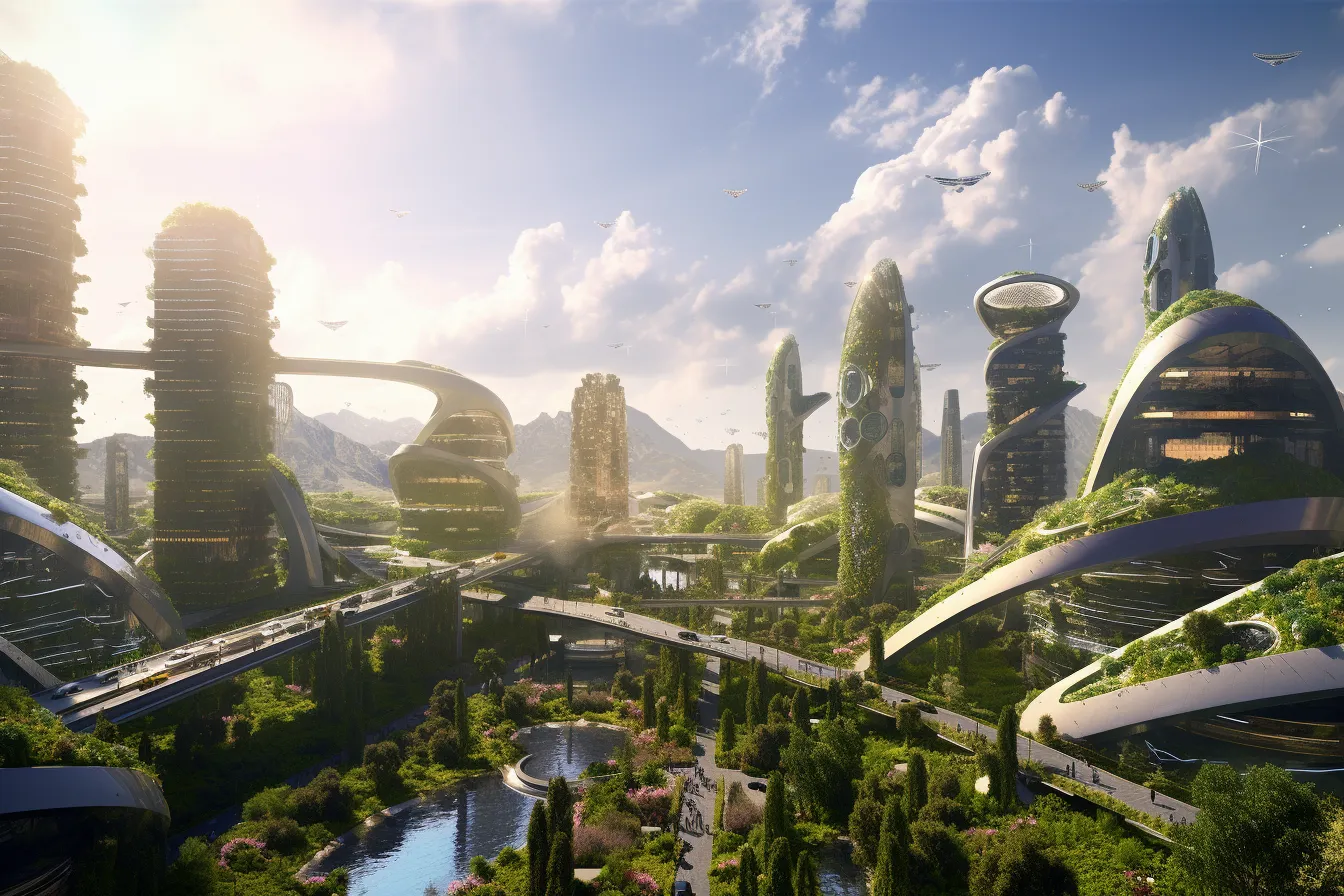Machine learning (ML) is an application of artificial intelligence (AI) that has shown great potential in supporting smart cities. By 2024, the intelligent transportation sector is expected to be worth $130 billion, with a 20% annual growth rate between 2018 and 2024. As a result, intelligent transportation systems are gaining popularity worldwide, and the development of smart infrastructure is critical to achieving future smart cities.
Key advantages of smart transportation
Smart transportation infrastructure can provide improved services to passengers and drivers for more coordinated and efficient transportation networks. ML algorithms can significantly optimise traffic flow, reduce carbon emissions, enhance security, and reduce unnecessary costs.

One of the key advantages of smart transportation solutions is effective traffic management systems. By using push alerts, smart traffic management systems can shift traffic flows away from congested locations, giving motorists an accurate view of the city’s traffic in real-time.
Automated ticket management is possible with chatbots. ML algorithms can dispatch vehicles more rationally when the shortest possible path can be discovered by using city traffic data acquired via GPS and street sensors, resulting in fuel-saving solutions that reduce carbon emissions.
Smart traffic monitoring is made possible by technology such as GPS and Internet of Things sensors, which lower the likelihood of accidents and, as a result, make it easier and safer to get to your destination. In addition, ML algorithms can help prevent jams and collisions that occur regularly at crossroads due to mistakes made by people on the road.

Early examples
Dublin City Council implemented the Mayflower CMS that linked numerous smart city sensors and applications to the city’s transportation and lighting systems. The range of IoT sensors and detectors produces different data streams that keep city administration informed about anything from traffic noise to CO2 emissions to weather conditions to the energy consumption of street lights and even water level during floods.
Similarly, Barcelona boasts a supercomputing facility that integrates large data from intelligent traffic sensors, autonomous vehicles, and linked autos, among other sources and has implemented a smart traffic control system.
Conclusion
In conclusion, the future has arrived, and installing intelligent traffic lights on city streets is a simple but effective way for local governments to make their communities safer. ML algorithms are a promising tool for developing smart transportation systems. By leveraging the power of data processing, sensor signals can be transformed into useful information about improving urban mobility. Smart cities are critical to a sustainable future, and smart transportation systems are significant in achieving that future.






